Polar Coding and Early SIC Decoding for Uplink Heterogeneous NOMA
Abstract
1. Introduction
Notation
2. System Model and Polar Codes Preliminaries
2.1. Problem Formulation: Coding for Heterogeneous Multiple Access
2.2. Polar Codes
2.3. Polar Codes in 5G NR
3. Proposed Method
3.1. Degree of Mixture, Subchannel Partitions, and Group Variances
- 1.
- Unique Membership: Each subchannel is assigned to exactly one group . Formally,
- 2.
- Partition Property: The groups form a partition of , i.e.,
3.2. Proposed Interleaver for Early Decoding
| Algorithm 1 . |
|
| Algorithm 2 . |
|
4. Simulation
4.1. Benchmark
4.2. Simulation for Single-User Early Decoding
4.3. Simulation for Heterogeneous Multiple Access
5. Conclusions
Author Contributions
Funding
Data Availability Statement
Conflicts of Interest
References
- Dahlman, E.; Parkvall, S.; Skold, J. 5G NR: The Next Generation Wireless Access Technology; Academic Press: Cambridge, MA, USA, 2018. [Google Scholar]
- Zhang, H.; Liu, N.; Chu, X.; Long, K.; Aghvami, A.H.; Leung, V.C.M. Network Slicing Based 5G and Future Mobile Networks: Mobility, Resource Management, and Challenges. IEEE Commun. Mag. 2017, 55, 138–145. [Google Scholar] [CrossRef]
- Popovski, P.; Trillingsgaard, K.F.; Simeone, O.; Durisi, G. 5G Wireless Network Slicing for eMBB, URLLC, and mMTC: A Communication-Theoretic View. IEEE Access 2018, 6, 55765–55779. [Google Scholar] [CrossRef]
- Lin, P.H.; Lin, S.C.; Jorswieck, E.A. Early Decoding for Gaussian Broadcast Channels with Heterogeneous Blocklength Constraints. In Proceedings of the 2021 IEEE International Symposium on Information Theory (ISIT), Virtual, 12–20 July 2021; pp. 3243–3248. [Google Scholar]
- Lin, P.H.; Lin, S.C.; Chen, P.W.; Mross, M.; Jorswieck, E.A. Rate Region of Gaussian Broadcast Channels with Heterogeneous Blocklength Constraints. In Proceedings of the ICC 2022—IEEE International Conference on Communications, Seoul, Republic of Korea, 16–20 May 2022; pp. 2144–2150. [Google Scholar]
- Sahin, C.; Liu, L.; Perrins, E. Early decoding for transmission over finite transport blocks. In Proceedings of the 2014 IEEE International Symposium on Information Theory, Honolulu, HI, USA, 29 June–4 July 2014; pp. 1558–1562. [Google Scholar]
- Qiu, M.; Huang, Y.C.; Yuan, J. Downlink Transmission With Heterogeneous URLLC Services: Discrete Signaling With Single-User Decoding. IEEE J. Sel. Areas Commun. 2023, 41, 2261–2277. [Google Scholar] [CrossRef]
- Qiu, M.; Huang, Y.C.; Yuan, J. Uplink Multiple Access with Heterogeneous Blocklength and Reliability Constraints: Discrete Signaling with Treating Interference as Noise. IEEE Trans. Commun. 2024, 72, 1–14. [Google Scholar] [CrossRef]
- Arikan, E. Channel Polarization: A Method for Constructing Capacity-Achieving Codes for Symmetric Binary-Input Memoryless Channels. IEEE Trans. Inf. Theory 2009, 55, 3051–3073. [Google Scholar] [CrossRef]
- Arikan, E. A performance comparison of polar codes and Reed-Muller codes. IEEE Commun. Lett. 2008, 12, 447–449. [Google Scholar] [CrossRef]
- Arikan, E. A survey of Reed-Muller codes from polar coding perspective. In Proceedings of the IEEE Information Theory Workshop (ITW), Dublin, Ireland, 30 August–3 September 2010. [Google Scholar]
- Mondelli, M.; Hassani, S.H.; Urbanke, R.L. Unified Scaling of Polar Codes: Error Exponent, Scaling Exponent, Moderate Deviations, and Error Floors. IEEE Trans. Inf. Theory 2016, 62, 6698–6712. [Google Scholar] [CrossRef]
- Niu, K.; Chen, K. CRC-Aided Decoding of Polar Codes. IEEE Commun. Lett. 2012, 16, 1668–1671. [Google Scholar] [CrossRef]
- Abbasi, F.; Viterbo, E. Large Kernel Polar Codes With Efficient Window Decoding. IEEE Trans. Veh. Technol. 2020, 69, 14031–14036. [Google Scholar] [CrossRef]
- Lin, H.P.; Lin, S.; Abdel-Ghaffar, K.A.S. Linear and Nonlinear Binary Kernels of Polar Codes of Small Dimensions with Maximum Exponents. IEEE Trans. Inf. Theory 2015, 61, 5253–5270. [Google Scholar] [CrossRef]
- Gabry, F.; Bioglio, V.; Land, I.; Belfiore, J.C. Multi-kernel construction of polar codes. In Proceedings of the IEEE ICC, Paris, France, 21–25 May 2017. [Google Scholar]
- Trifonov, P.; Miloslavskaya, V. Polar subcodes. IEEE J. Sel. Areas Commun. 2016, 34, 254–266. [Google Scholar] [CrossRef]
- Tal, I.; Vardy, A. List Decoding of Polar Codes. IEEE Trans. Inf. Theory 2015, 61, 2213–2226. [Google Scholar] [CrossRef]
- Sarkis, G.; Giard, P.; Vardy, A.; Thibeault, C.; Gross, W.J. Fast List Decoders for Polar Codes. IEEE J. Sel. Areas Commun. 2016, 34, 318–328. [Google Scholar] [CrossRef]
- Hashemi, S.A.; Condo, C.; Ercan, F.; Gross, W.J. Memory-Efficient Polar Decoders. IEEE J. Emerg. Sel. Top. Circuits Syst. 2017, 7, 604–615. [Google Scholar] [CrossRef]
- Hashemi, S.A.; Condo, C.; Gross, W.J. Fast and Flexible Successive-Cancellation List Decoders for Polar Codes. IEEE Trans. Signal Process. 2017, 65, 5756–5769. [Google Scholar] [CrossRef]
- 3GPP. 3rd Generation Partnership Project; Technical Specification Group Radio Access Network; NR; Multiplexing and Channel Coding (Release 18). Technical Report TS 38.212 V18.0.0 (2023-09), 3GPP. 2023.

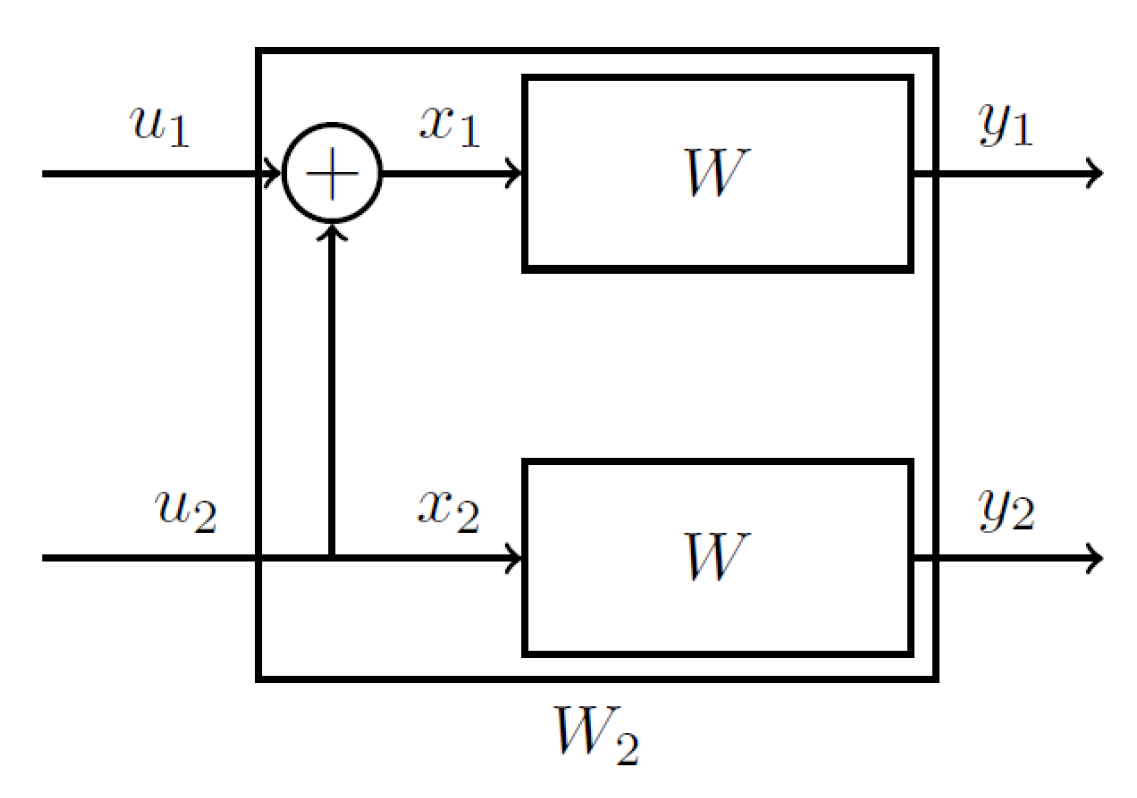
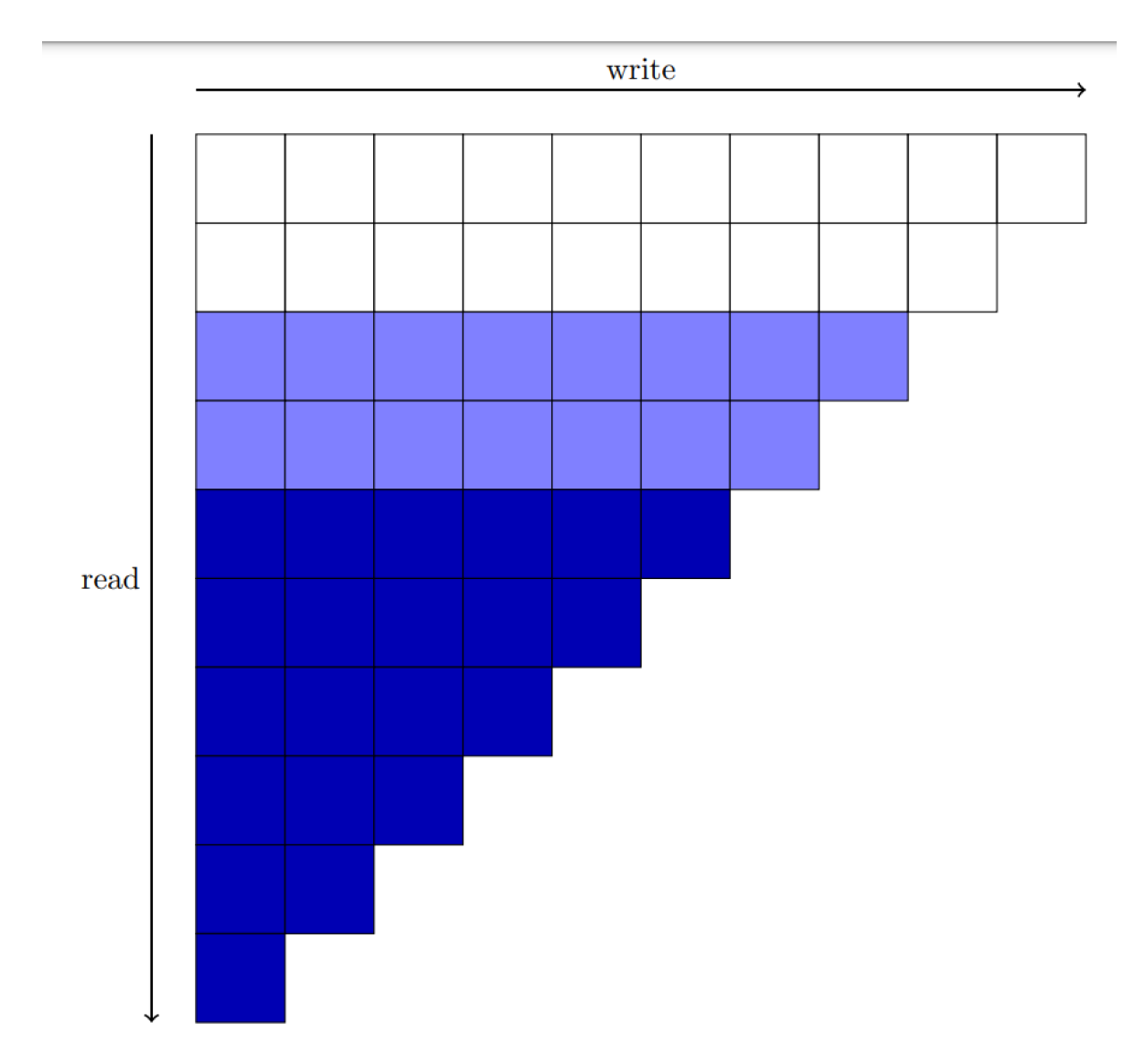
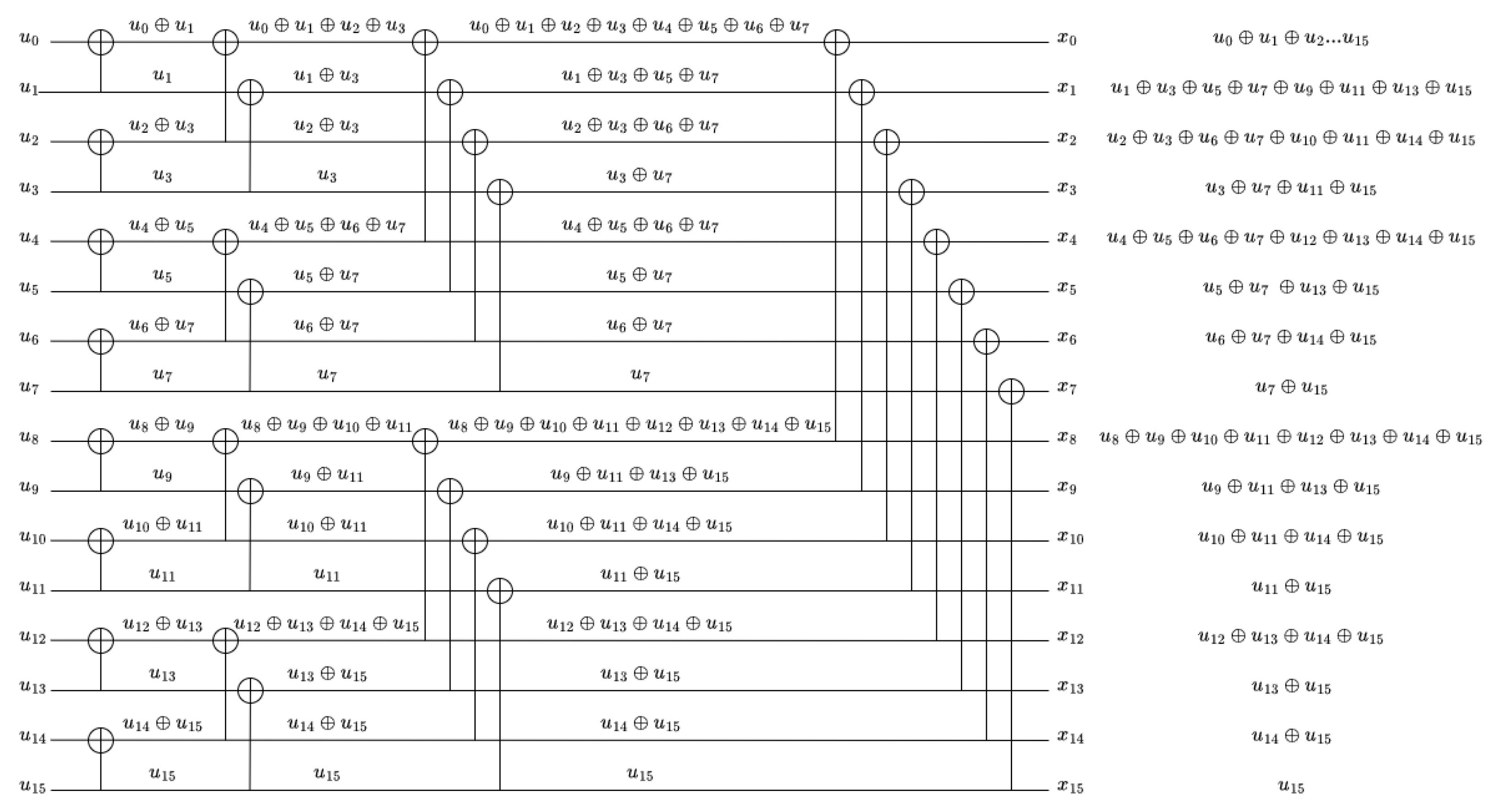
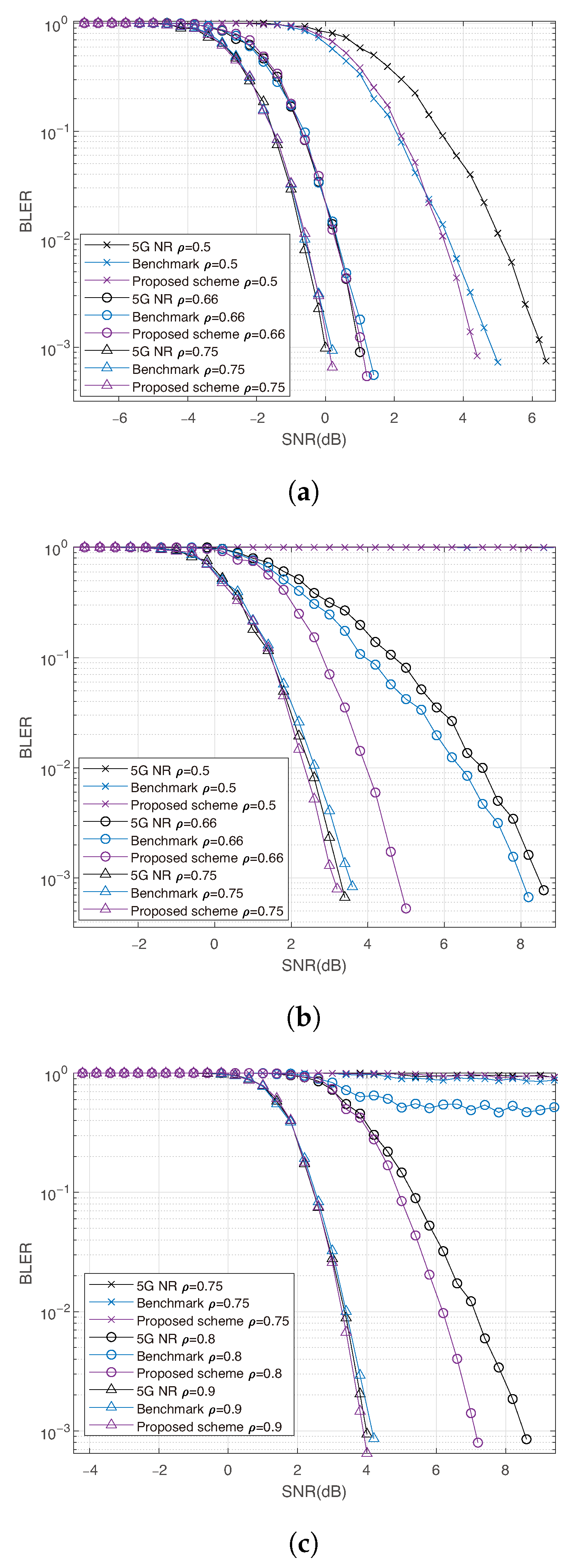
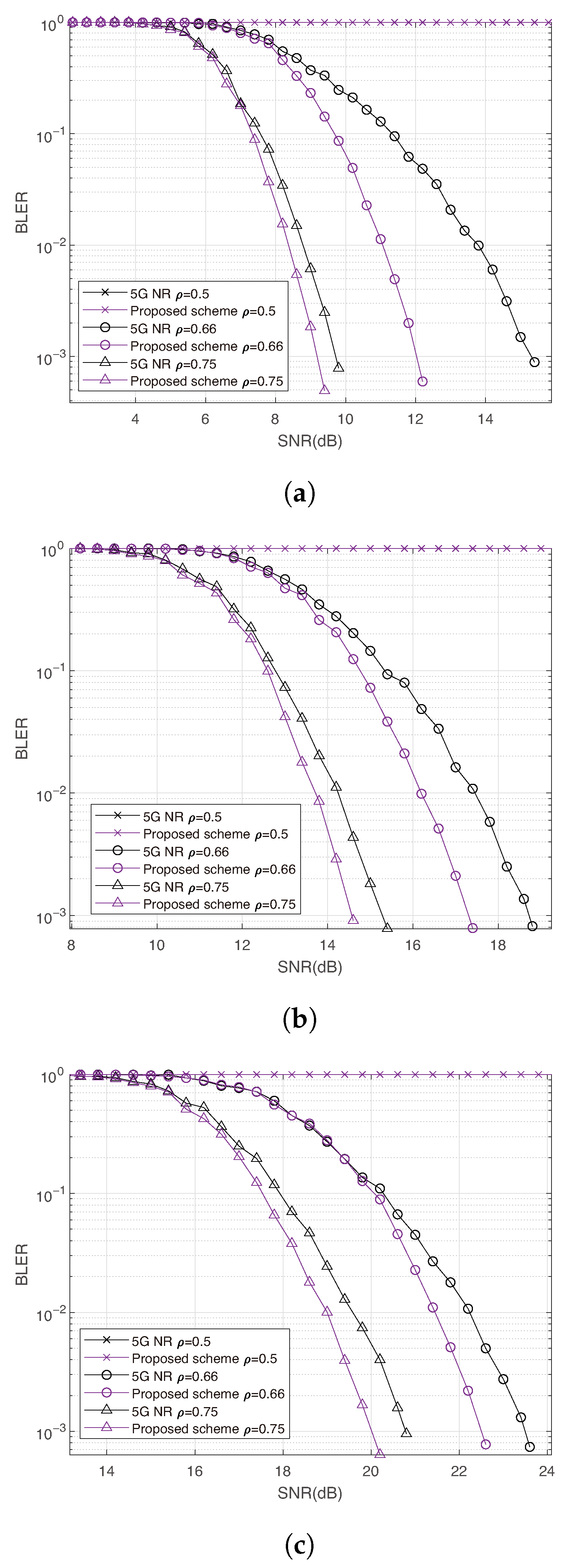
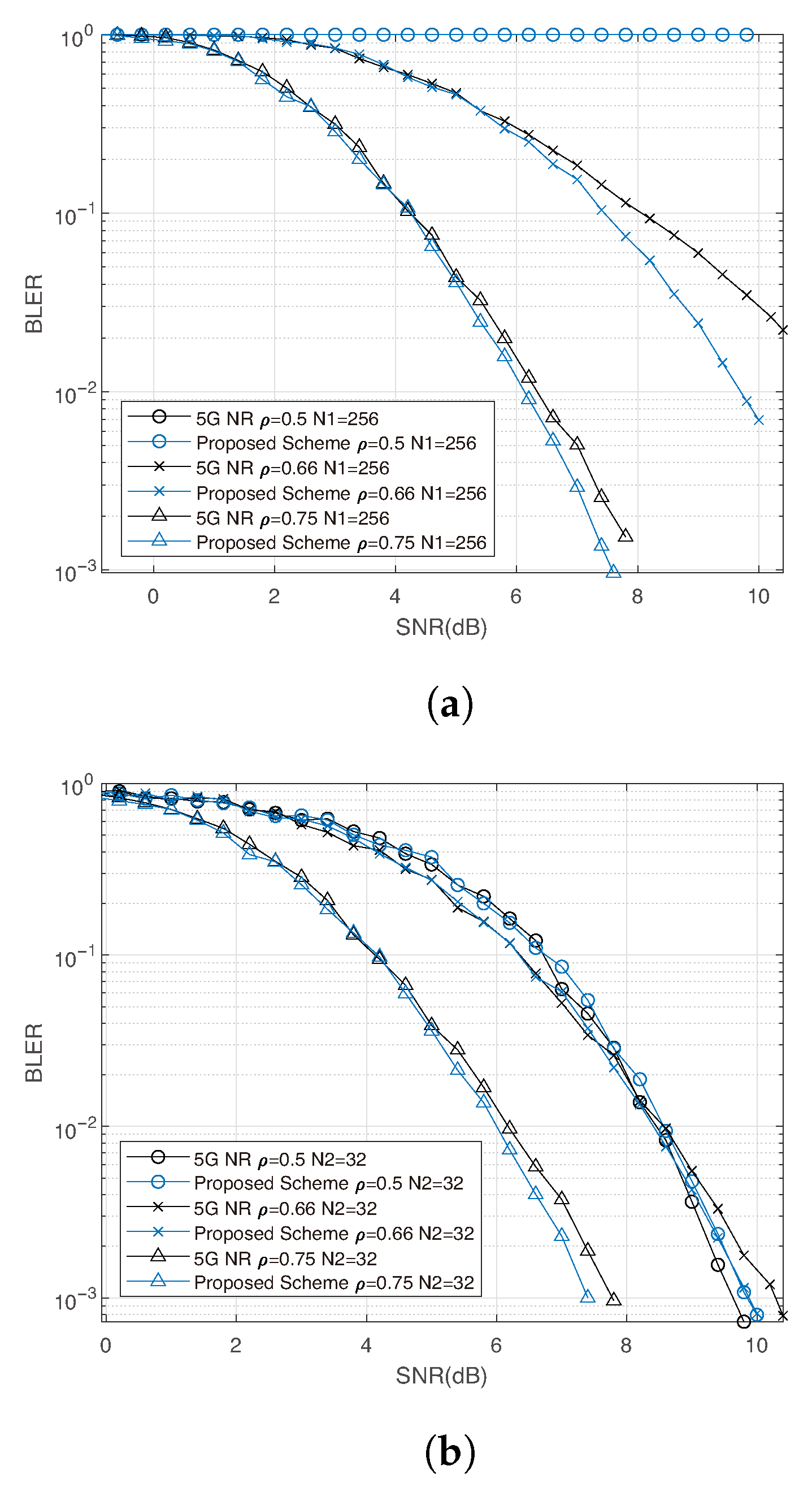
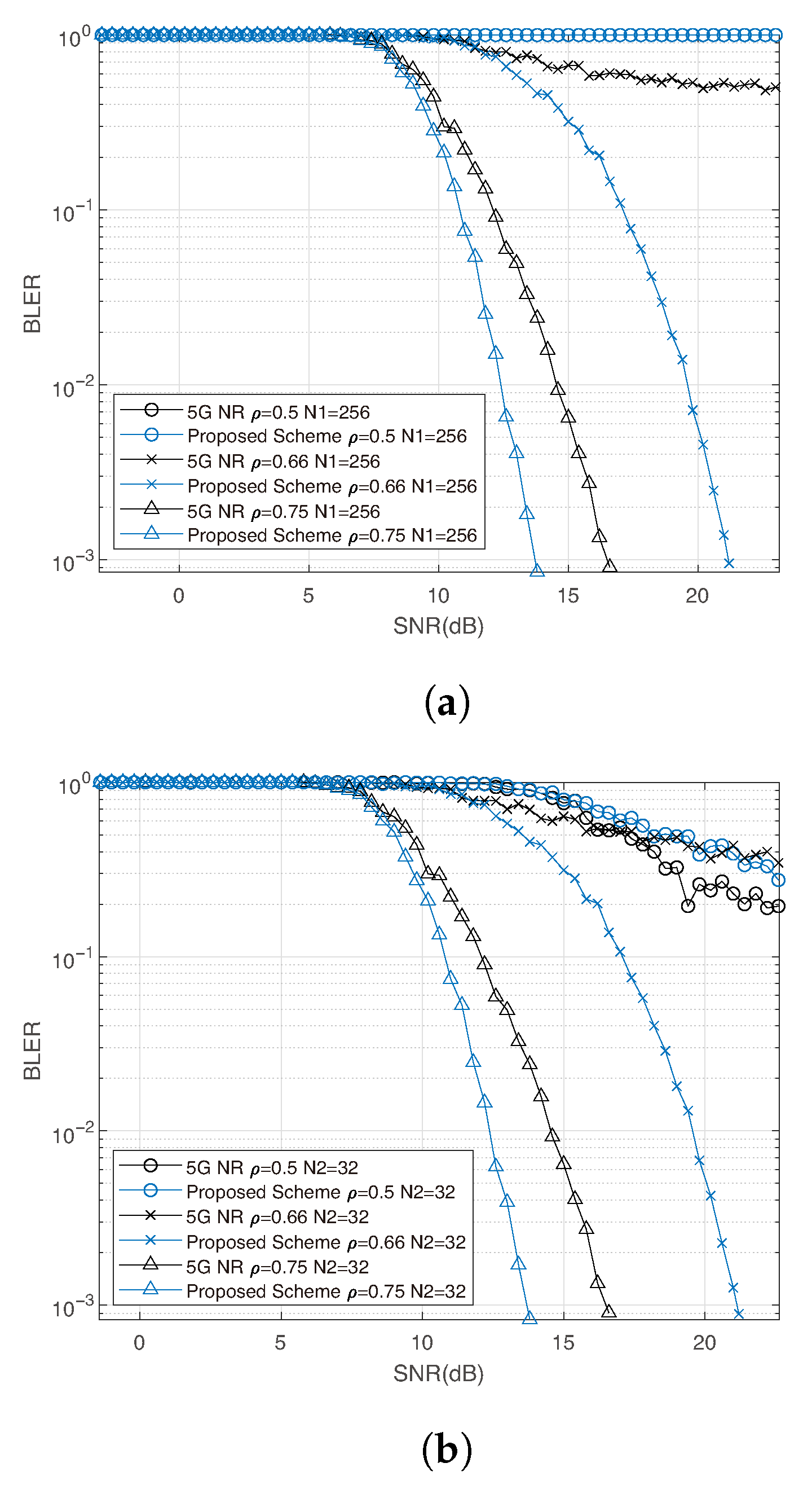
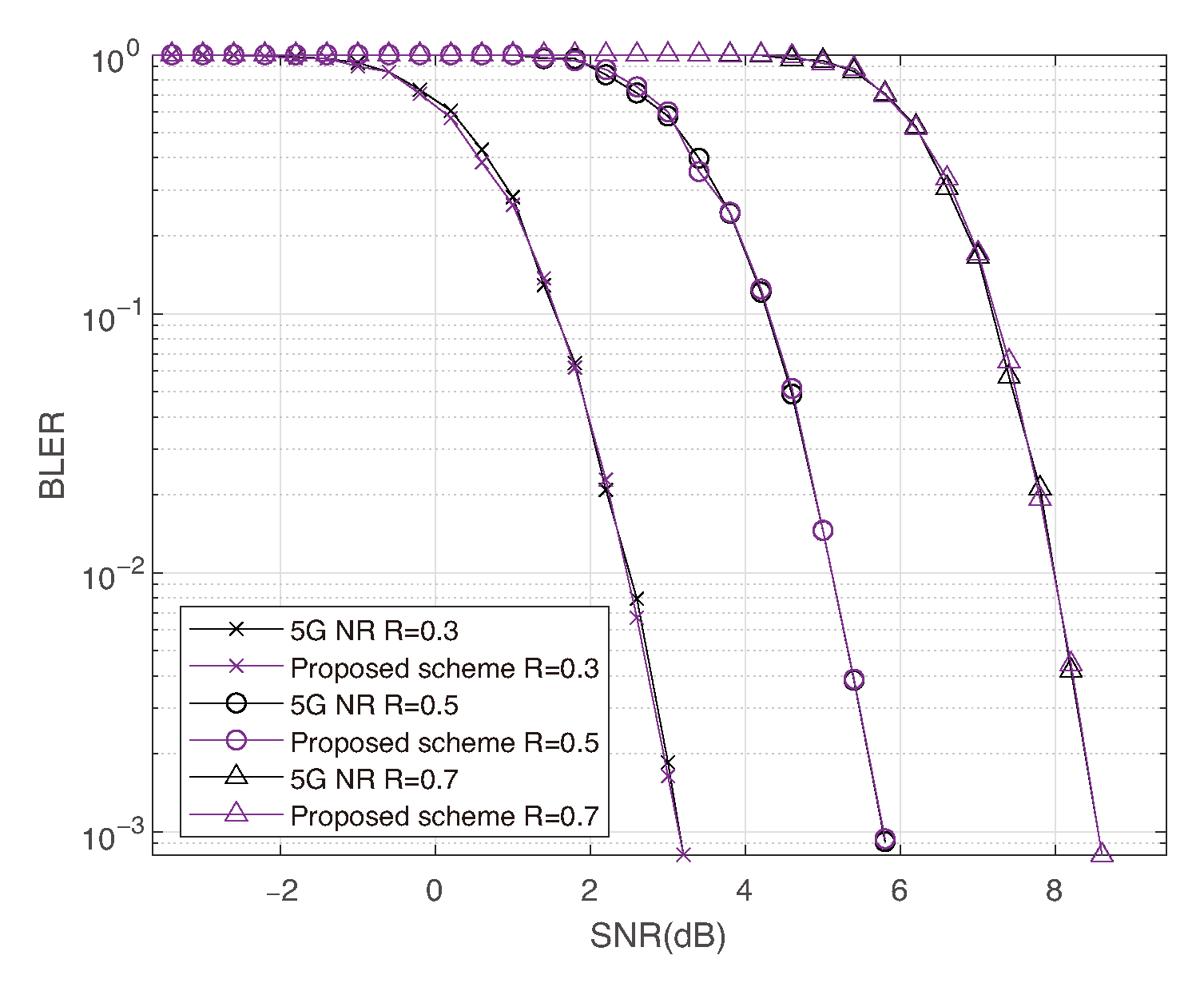
Disclaimer/Publisher’s Note: The statements, opinions and data contained in all publications are solely those of the individual author(s) and contributor(s) and not of MDPI and/or the editor(s). MDPI and/or the editor(s) disclaim responsibility for any injury to people or property resulting from any ideas, methods, instructions or products referred to in the content. |
© 2025 by the authors. Licensee MDPI, Basel, Switzerland. This article is an open access article distributed under the terms and conditions of the Creative Commons Attribution (CC BY) license (https://creativecommons.org/licenses/by/4.0/).
Share and Cite
Wu, C.-J.; Lin, C.-Y.; Huang, Y.-C. Polar Coding and Early SIC Decoding for Uplink Heterogeneous NOMA. Entropy 2025, 27, 1167. https://doi.org/10.3390/e27111167
Wu C-J, Lin C-Y, Huang Y-C. Polar Coding and Early SIC Decoding for Uplink Heterogeneous NOMA. Entropy. 2025; 27(11):1167. https://doi.org/10.3390/e27111167
Chicago/Turabian StyleWu, Chu-Jung, Chien-Ying Lin, and Yu-Chih Huang. 2025. "Polar Coding and Early SIC Decoding for Uplink Heterogeneous NOMA" Entropy 27, no. 11: 1167. https://doi.org/10.3390/e27111167
APA StyleWu, C.-J., Lin, C.-Y., & Huang, Y.-C. (2025). Polar Coding and Early SIC Decoding for Uplink Heterogeneous NOMA. Entropy, 27(11), 1167. https://doi.org/10.3390/e27111167





